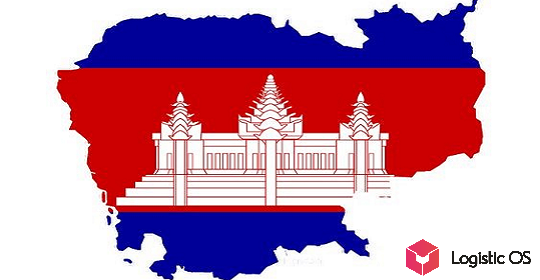A critical situation is developing in some regions with winter crops.
This is due to a prolonged drought. Incredibly warm autumn and lack of rainfall affected the quality and quantity of seedlings.
In the Volgograd region 2 mm of precipitation fell in September, and in October — nothing has come yet.
Astrakhan region — 4 mm.
Kalmykia — 3 mm.
Rostov region t — 1 mm.
Belgorod region — 4 mm in September, in October — zero.
Voronezh region — 2 mm.
Difficult situation in Tambov, Lipetsk and Kursk regions.
Moreover, the crops did not grow on the territory of entire districts and even regions.
In the Voronezh Region, winter crops have grown on 50% of the area. There are areas where there has been no rain since the beginning of summer.
As of October 15, 750 thousand hectares were sown in the region, with 830 thousand hectares in 2019.
In the Kursk region winter crops were planted on time, but in dry soil, in the hope that precipitation will still occur.
But so far the hope has not been justified and a significant part of the crops may be lost.
To date, seedlings have appeared on 240 thousand hectares out of 480 thousand.
In the Belgorod region the rudiments of a new crop are also visible on a small number of areas.
The reason is the same — the lack of rain. If in August there was 23% of precipitation from the norm, then in September only 2%.
This year, the region sowed 440 thousand hectares with winter crops — 10% more than last year.
Lipetsk region: 390 thousand hectares have been sown, seedlings have appeared on 5% of the sown area.
In the Oryol region a detailed analysis of the situation will be carried out on October 20, but already now the seedlings are assessed as very weak.

The only way out of the situation with lost seedlings is to replant them in spring with spring crops.
Experts are already recommending that agricultural producers stock up on seeds for replanting.
Agrarians of the Central Black Earth Region insure more sown areas than the country as a whole: 1.45 million hectares were insured for the 2020 harvest, which is 14.6% of the total area in the region.
The national average is 6.9%.
More active participation of agronomists in the agricultural insurance system, of course, will reduce losses, but, in any case, business will suffer losses, and the structure of crop rotation will change significantly.
And for many regions, winter crops are the main component of the grain harvest.
In addition, a poor harvest of winter crops and a possible reseeding may affect the cost of agricultural products.
According to preliminary forecasts, the loss of the harvest in the country may be 15%, while the average figure is 4.8%.

